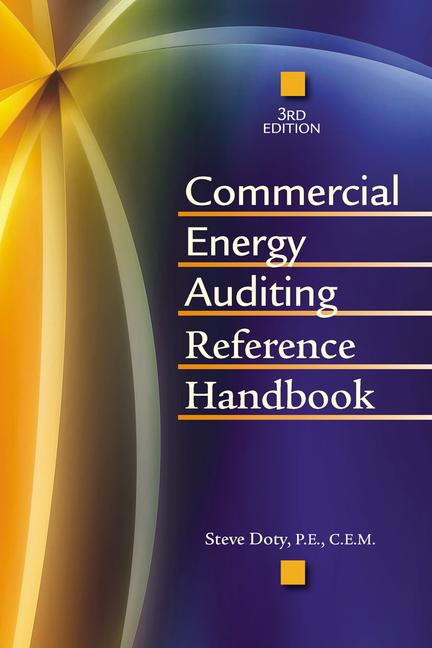What's Making Rates Change?
Whether bought from a utility or a marketer, a rising portion of the power you use originates from a wholesale market whose pricing rises sharply at certain times of the day and year, or rises when a power line or generator goes down. Those charges "trickle down" to endusers via fuel adjustment charges or rate increases. Many utilities tend to average such costs across both time and their customer base, thereby cross-subsidizing among rate classes and masking the problems.
Changes in wholesale power pricing structures are being pushed by the Federal Energy Regulatory Commission (FERC). Where already applied (mostly in northeastern states), hourly power pricing jumps in areas when transmission gets congested and/or where expensive generation must be used during peak demand periods.
Winners And Losers
The impact is felt the most by customers with low load factors (i.e., average demand divided by peak demand) and by those whose load profiles spike in the middle of the workday. Pressure by industrial customers (with relatively flat profiles) for rate relief has supported removal of cross-subsidies. Some commercial building operators (especially those who charge tenants a fixed electric rate based on occupied square footage) may, however, find themselves on the short end of the stick. In such cases, tenants have no incentive to minimize their demand. Landlords may then see rising costs they cannot pass on until leases are renegotiated. Simply charging more for power may make rented space less competitive.Finding Opportunities For Demand Control
Start by assessing the potential impact of a rate change on your bill. What proportion of your electric bill is due to peak demand charges? If it is very low (less than 10%), any change due to FERC or the wholesale market is likely to have a minimal effect. If closer to 40% (or more), some attention may be needed. While most of the usual demand-side management tricks (e.g., lighting upgrades) should be considered, a demand-response audit on one's central plant may reveal options that don't require major equipment.When performed at several buildings, this effort (supported by temporary load metering to define equipment-specific load profiles) found the following opportunities. Some may require addition of control points to BMS.
Shift to steam-driven boiler auxiliaries. Some large boilers are equipped with both electric- and steam-driven forced (or induced) draft fans and fuel pumps. While not necessarily an efficient use of plant steam, the temporary use of such equipment during the facility peak demand period may be cost-effective.
Adding a steam heating coil to preheat heavy oil. An electric heating coil was used to make #6 oil flow more easily. While cost-effective in winter (when power is much cheaper), using it during summer (when steam is used mainly for domestic hot water heating) was not. Adding a steam coil for summer use cut peak demand when it is usually most costly.
Shut off or slow down plant exhaust fans. A variety of exhaust fans ran continuously whenever any of the boilers were on. Manually shutting off some (or adding a variable speed control to larger units) reduced peak demand.
Expanding thermal storage capacity. Where ice storage tanks were in use to supplement electric chillers, adding more tanks allowed all chillers to be shut off for several hours during the peak demand period.
Replacing an electrically based air drier. To feed dry air into the facility's pneumatic system, a refrigeration coil and electric reheat coil were in use. Replacing that unit with a gas-fired desiccant drier (which didn't need a reheat coil) saved many peak kW.
Reduce plant lighting intensity. Plants may be lit brightly enough to perform equipment maintenance anywhere it may be needed. Shutting off or dimming lights where not essential (e.g., near equipment that is off) may often be done without compromising safety. Area-wide dimming systems (installed at lighting panels, not in fixtures) are available that reduce voltage to HID, cutting lighting demand by 25% to 30%.
Sequence electric domestic hot water (DHW) coils. Several DHW heaters (each with multiple coils) were available to meet a large demand that was only rarely needed. Power to the coils was sequenced so no pair was on at the same time. ES



